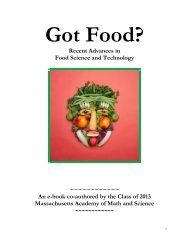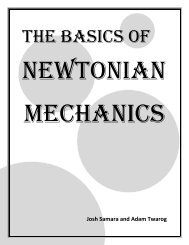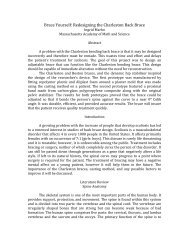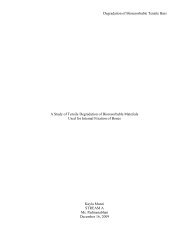Art Forgeries and Their Detection - the Scientia Review
Art Forgeries and Their Detection - the Scientia Review
Art Forgeries and Their Detection - the Scientia Review
You also want an ePaper? Increase the reach of your titles
YUMPU automatically turns print PDFs into web optimized ePapers that Google loves.
Documents Used Against<br />
<strong>Art</strong> Forgery<br />
There are several acts that are commonly utilized in order to charge art criminals, one<br />
of which is <strong>the</strong> Racketeer Influenced <strong>and</strong> Corrupt Organizations Act, also known as<br />
RICO. This act targets entire organizations at a time, so that <strong>the</strong> criminals’ officers are<br />
also charged. With this act one who has ano<strong>the</strong>r create a forgery is also deemed guilty<br />
of fraud. Although originally used to take down Mafia members, RICO is also used by<br />
many art organizations to halt crime. Ano<strong>the</strong>r commonly referred to document is <strong>the</strong><br />
FTC act, which is still updated today. This act primarily focuses on preventing unfair<br />
means of competition, but also addresses issues of fraud from false advertisement to<br />
outright forgery. Streng<strong>the</strong>ning <strong>the</strong> ability of <strong>the</strong> FTC to issue cease-<strong>and</strong>-desist orders,<br />
this act has been used to tackle forgery operations such as that of Magui publishers.<br />
This document is more often utilized by government based organizations <strong>and</strong> has also<br />
been employed by <strong>the</strong> United States Congress.

















